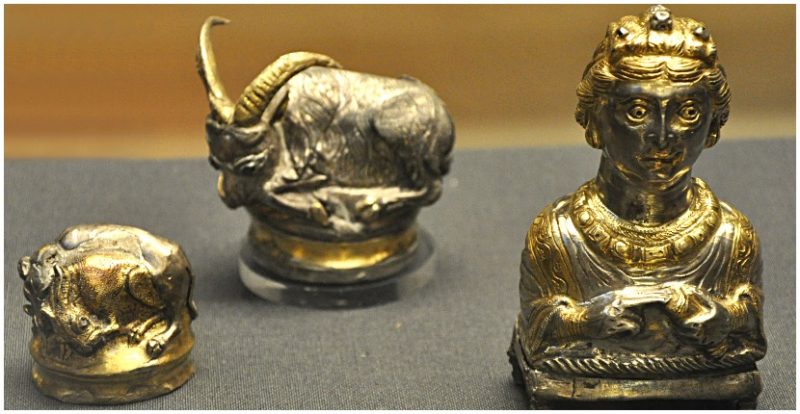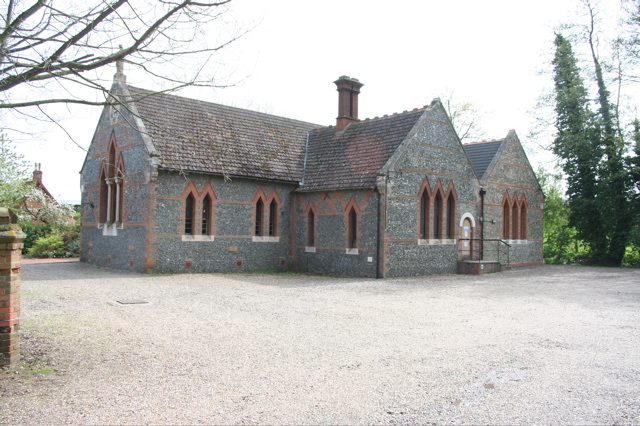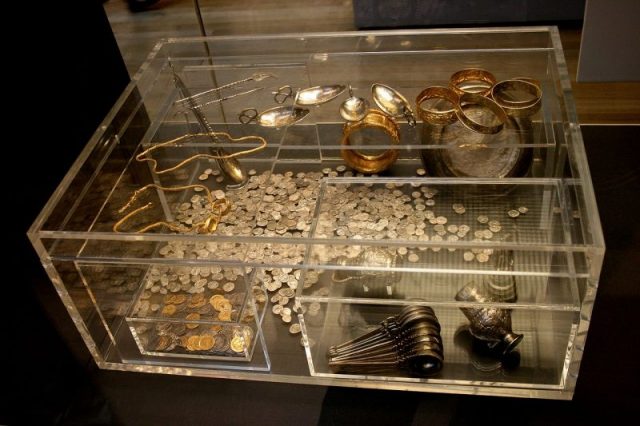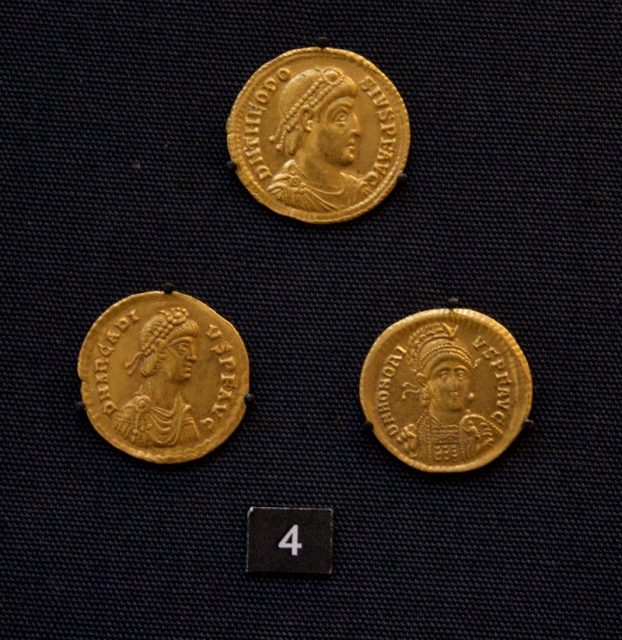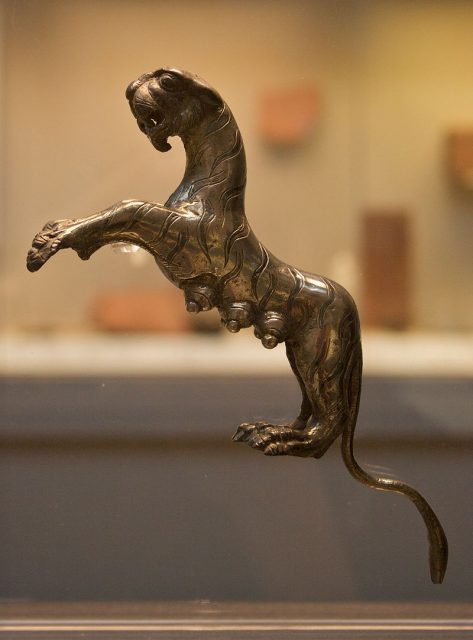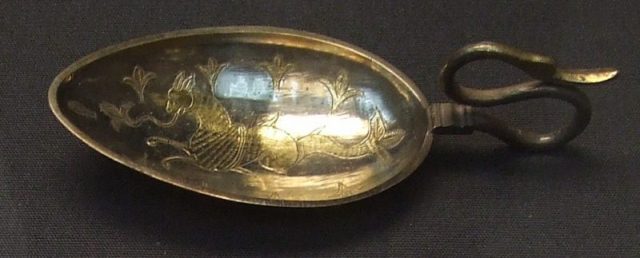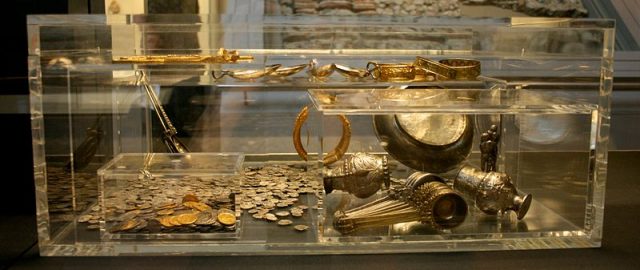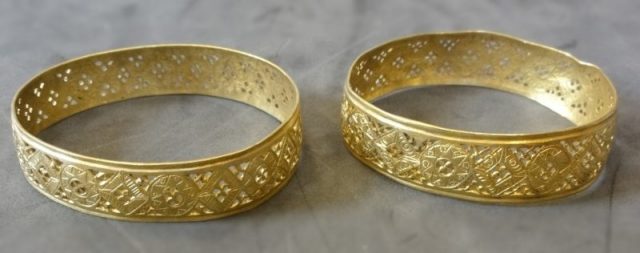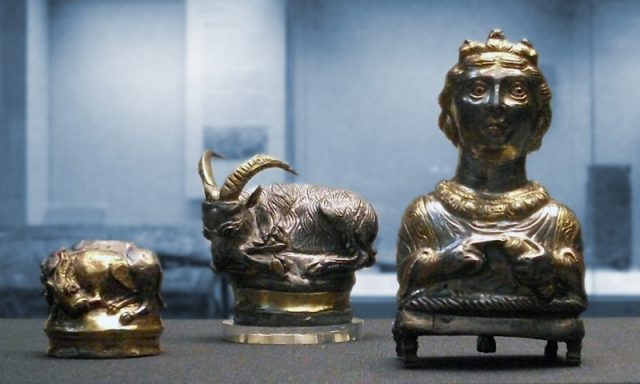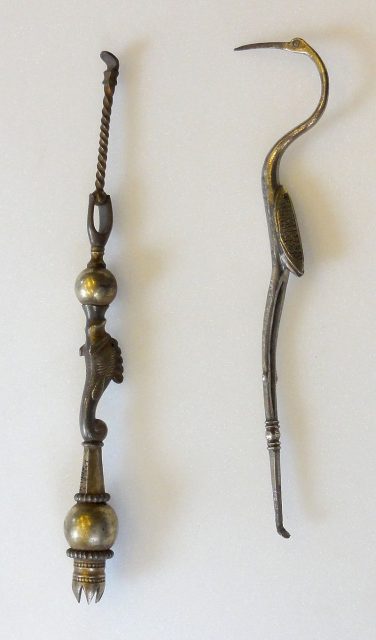‘Disabled genius’
Hawking suffered from amyotrophic lateral sclerosis, also known as Lou Gehrig’s disease, and was confined to an electric wheelchair for much of his adult life. Diagnosed at age 21, he was one of the world’s longest survivors of ALS.
Hawking’s fame increased as his health worsened. After his degenerative muscle disorder was diagnosed, he defied medical opinion by living five decades longer than expected. He communicated his ideas through an American-accented speech synthesizer after a life-saving tracheotomy in 1985 took away his ability to speak. To the layman, the robot-like voice only seemed to give his words added authority.

‘‘To my colleagues, I’m just another physicist, but to the wider public, I became possibly the best-known scientist in the world,’’ Hawking wrote in his 2013 memoir My Brief History.
‘‘This is partly because scientists, apart from Einstein, are not widely known rock stars, and partly because I fit the stereotype of a disabled genius.’’
Related Article

Stephen Hawking fears he ‘may not be welcome’ in Donald Trump’s America
Last year, he argued that we should prepare for a cosmic exodus to take place in the next 200 to 500 years.
“We are running out of space, and the only place we can go to are other worlds. It is time to explore other solar systems,” he said via video link to the audience gathered in Trondheim, Norway.
“Spreading out may be the only thing that saves us from ourselves. I am convinced that humans need to leave Earth.”
Hawking and Trump
In March last year, Hawking said he no longer felt welcome in the United States, now that President Donald Trump was in power.
“The reaction to the election of Donald Trump may have been overdone, but it represents a definite swing to a right-wing, more authoritarian approach,” Hawking said about the negative response to Trump’s election.
Of the United States, he said: “I have many friends and colleagues there, and it is still a place I like and admire in many ways. But I fear that I may not be welcome.”
Leading up to the US presidential election, Hawking was cheekily asked whether he could explain Trump’s rise to presidential candidacy.
“I can’t,” Hawking said. “He’s a demagogue who seems to appeal to the lowest common denominator.”
Asked now about that statement, Hawking elaborated on Trump’s victory and his first two months in office.
“Trump was elected by people who felt disenfranchised by the governing elite in a revolt against globalisation,” Hawking said.
A brief history

Stephen William Hawking was born in Oxford, England, on January 8, 1942, exactly 300 years after the death of Italian physicist Galileo Galilei. Hawking’s father, Frank, was a doctor of tropical medicine. His mother, Isobel, was a tax inspector and a secretary. He had two younger sisters and a brother.
At age 8, Hawking moved with his family to St Albans, where he went to school. He then graduated with first-class honours in natural science at Oxford’s University College. While he was a doctoral candidate at Cambridge, Hawking was diagnosed with ALS, also known as motor neuron disease. He was told he had only a few years to live.
However, as the illness progressed more slowly than expected and he found inspiration in his girlfriend, Jane Wilde, Hawking began to work at his studies for the first time. He completed his doctorate on the origins of the universe, became a research fellow at Caius College and married Wilde in 1965.
In 1970, Hawking realised the mathematical approaches he developed with mathematician Roger Penrose could be applied to black holes, a term coined by physicist John Wheeler. Hawking worked for the next four years on black holes, discovering they weren’t totally black, but leaked radiation, now known as “Hawking radiation”.
For 30 years, Hawking was Cambridge’s Lucasian professor of mathematics, a chair once held by Isaac Newton. Then US president Barack Obama awarded the Presidential Medal of Freedom to Hawking in 2009, the year of his retirement.

His other popular books included The Universe in a Nutshell (2001), On the Shoulders of Giants (2002), A Briefer History of Time (2005) and The Grand Design (2010).
In 2015, Eddie Redmayne won an Oscar for his portrayal of Hawking in The Theory of Everything, a film about the scientist’s life.
Hawking separated from his wife in 1991 and married his nurse, Elaine Mason, four years later. They divorced in 2007.
‘Profound impact’
Hawking applied quantum theory – about the forces governing the subatomic world – to black holes, which he claimed discharge radiation that causes them to disappear. This process helps explain the notion that black holes have existed at a micro level since the Big Bang, and the smaller they are, the faster they evaporate.

Black holes are formed when a mᴀssive star collapses under the weight of its own gravity. Detected by the movement of surrounding matter, they devour everything in their path and may play a role in the birth of galaxies.
Physicists say these invisible cosmic vacuums might allow travel through time and space via “wormholes,” a favourite of science-fiction writers.
With Penrose, Hawking used Einstein’s theory of relativity to trace the origins of time and space to a single point of zero size and infinite density. Their work gave mathematical expression to the Big Bang theory.
Hawking later tried to marry relativity with quantum theory by proposing the no-boundary principle, which held that space-time is finite and the laws of physics determined how the universe began in a self-contained system, without the need for a creator or prior cause.
The Nobel Prize in Physics proved elusive for Hawking, whose theories required observational data to win the praise of the awarding committee in Stockholm. The Nobel Foundation excludes posthumous nominees.
“By any reasonable standard, Stephen Hawking is a great scientist. Even if time shows some of his more radical proposals to be incorrect, Hawking will have had a profound impact on the history of science,” said Henry F. Schaefer III, a chemistry professor at the University of Georgia, in a 2001 lecture.
Bloomberg, Agencies
A Farmer’s Misplaced Hammer Led to the Largest Roman Treasure in Britain
